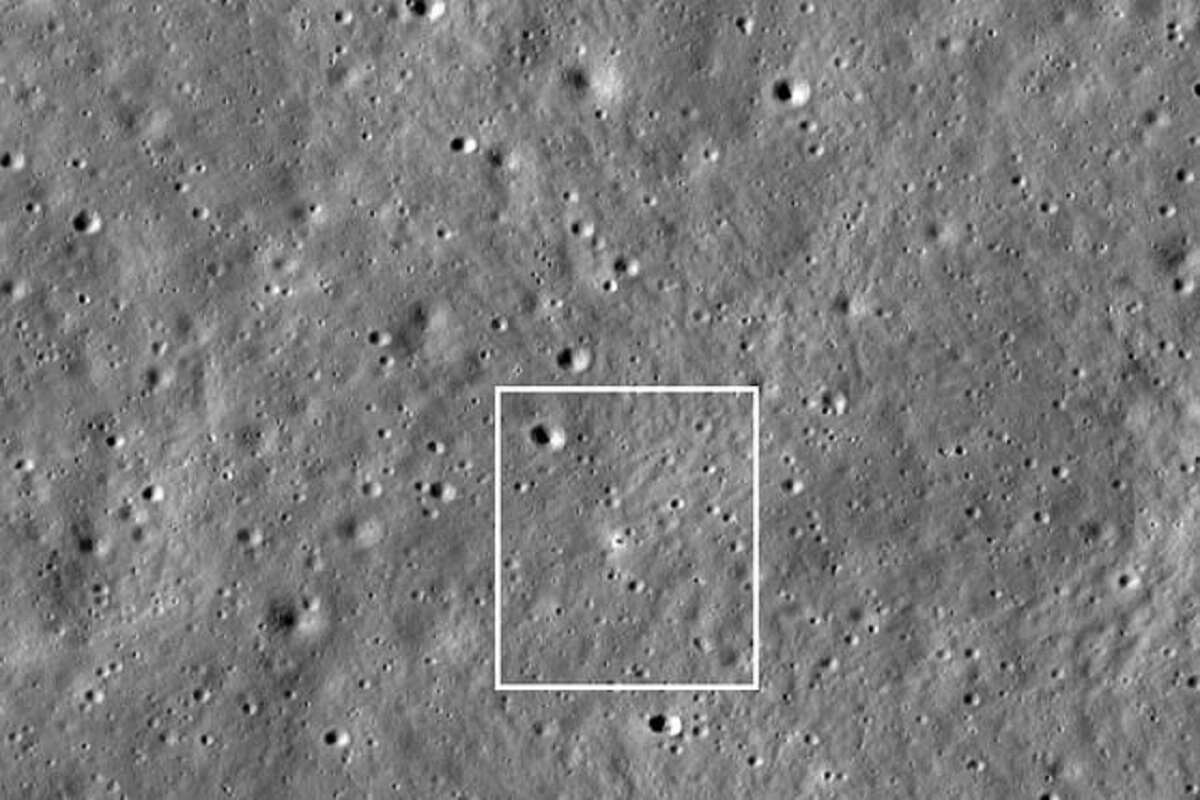
Chandrayaan-3 Lander Spotted on moon
The American space agency, NASA, recently made an exciting discovery as its Lunar Reconnaissance Orbiter (LRO) captured a photograph of India’s Chandrayaan-3 lander on the lunar surface. This marks a significant achievement for India’s third moon mission, with the LRO snapping the historic image just four days after the lander’s successful touchdown near the lunar south pole.
Sharing this remarkable image on the popular social media platform X, NASA wrote, “LRO spacecraft recently imaged the Chandrayaan-3 lander on the Moon’s surface.”
.@NASA‘s LRO spacecraft recently imaged the Chandrayaan-3 lander on the Moon’s surface.
The ISRO (Indian Space Research Organization) Chandrayaan-3 touched down on Aug. 23, 2023, about 600 kilometers from the Moon’s South Pole.
MORE >> https://t.co/phmOblRlGO pic.twitter.com/CyhFrnvTjT
— NASA Marshall (@NASA_Marshall) September 5, 2023
According to NASA, the LRO camera captured an oblique view of the lander with a 42-degree slew angle. The bright halo surrounding the lander resulted from the interaction of the rocket plume with the moon’s fine-grained regolith (soil).
LRO is managed by NASA’s Goddard Space Flight Center in Greenbelt, Maryland, and falls under the Science Mission Directorate at the agency’s headquarters in Washington.
Meanwhile, the Indian Space Research Organization (ISRO) also made headlines by sharing a 3-dimensional ‘anaglyph’ image of the Chandrayaan-3 Vikram lander from the moon’s south pole.
ISRO explained, “The anaglyph presented here is created using NavCam stereo images, which consist of both a left and right image captured onboard the Pragyan Rover.” Anaglyphs provide a simple way to visualize objects or terrains in three dimensions using stereo or multi-view images.
Chandrayaan-3 Mission:
Anaglyph is a simple visualization of the object or terrain in three dimensions from stereo or multi-view images.
The Anaglyph presented here is created using NavCam Stereo Images, which consist of both a left and right image captured onboard the Pragyan… pic.twitter.com/T8ksnvrovA
— ISRO (@isro) September 5, 2023
“In this 3-channel image, the left image is positioned in the red channel, while the right image is placed in the blue and green channels (creating cyan). The difference in perspective between these two images results in the stereo effect, which gives the visual impression of three dimensions. Red and cyan glasses are recommended for viewing in 3D,” ISRO stated. The NavCam was developed by LEOS/ISRO, with data processing carried out by SAC/ISRO, adding to India’s remarkable achievements in lunar exploration.”
To read more such news, download Bharat Express news apps























